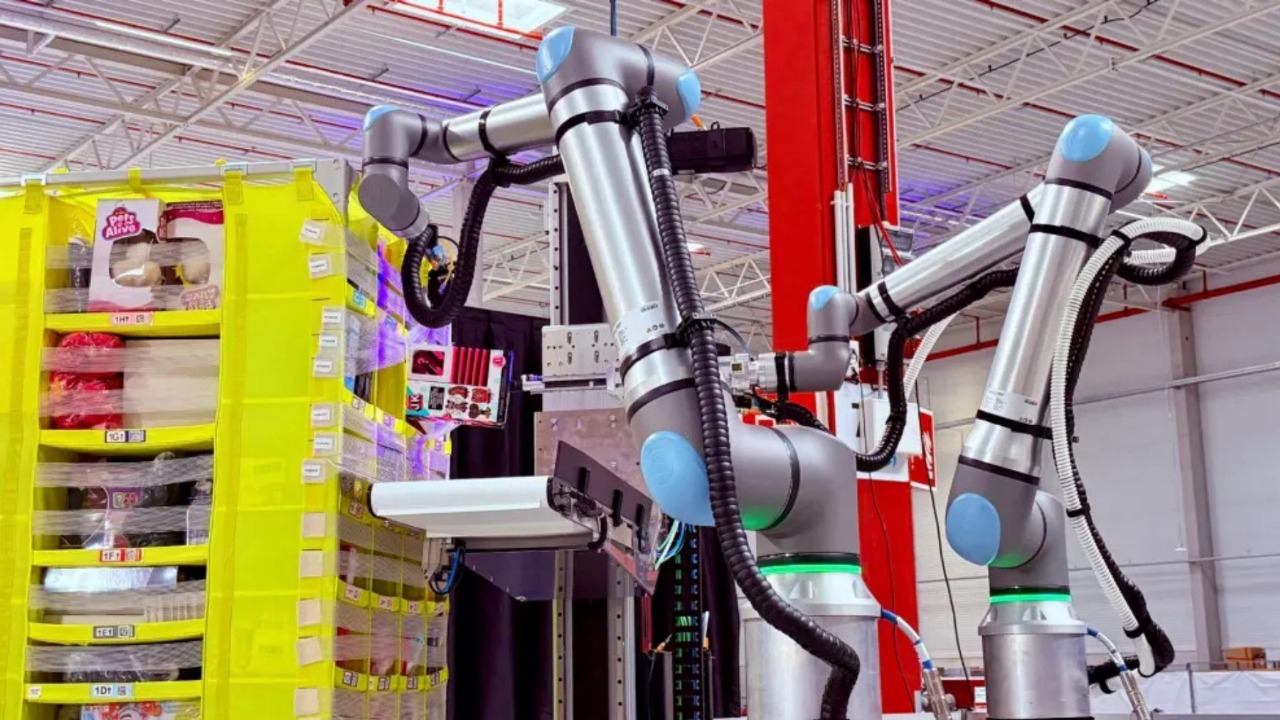
Follow WOWNEWS 24x7 on:
Updated: July 07, 2025 07:08

Amazon has officially hit a record mark—over 1 million self-driving robots on its global network of warehouses. With the opening of its latest AI-driven fleet in the UK and Japan, the online shopping giant is racing toward a future where machines will surpass human laborers in fulfillment centers.
Deployment Highlights
The newest breed of robots includes mobile robots like Proteus and robotic arms like Sparrow that sort and navigate with little human involvement
The number of robots at Amazon is now equivalent to its international human workforce, which fell from 1.6 million in 2021 to approximately 1.5 million in 2024
The company's new AI technology, DeepFleet, improves coordination and travel efficiency by 10 percent, reducing bottlenecks and accelerating order processing
Robots are now used in over 300 fulfillment centers across the world, undertaking operations from shelf repositioning to product picking
Efficiency vs. Employment
Each warehouse worker now deals with over 3,800 packages a day, down from just 175 in 2015—thanks in large part to robot assistance
Amazon says robots minimize manual labor and allow employees to perform more-valuable work
But more than 27,000 redundancies since 2022 and dwindling human resources put permanent job loss into question
The company asserts to have upskilled more than 700,000 employees since 2019, yet analysts state reskilling trails automation
AI at the Helm
DeepFleet, Amazon's latest generative AI model, is like a robot traffic cop, smoothing out routes and reacting to real-time conditions in warehouses
Built with Amazon R&D and AWS technologies, the system enables deliveries at a faster speed and lower operating costs
The AI system is part of a chain of initiatives aimed at making Amazon's supply chain more autonomous and scalable
What's Next? Amazon argues that robots are designed to assist, not substitute, human beings, but the trend is to eventually transition to entirely automatic
As computer technology advances, procedures that have traditionally needed human interaction are now being taken over by machines
The company's vision is a hybrid workforce where people focus on problem-solving and quality, and machines do the heavy lifting—literally and figuratively
Sources: TechCrunch, Robotics & Automation News, About Amazon, Union Rayo, Newsweek, TechSpot




